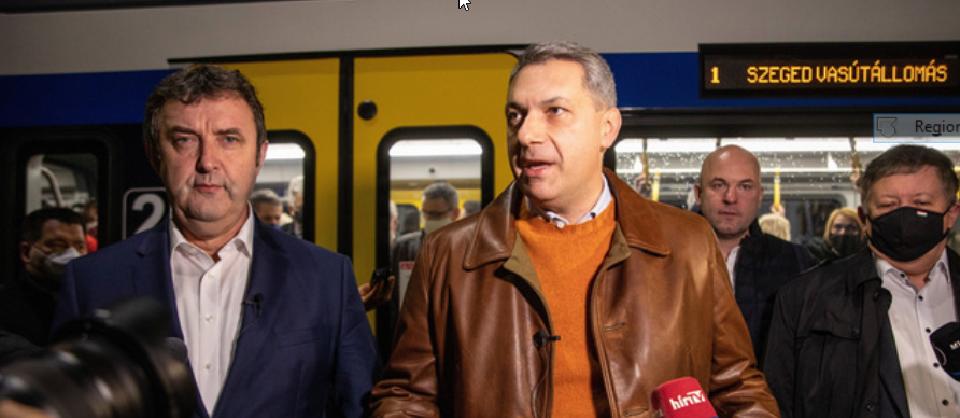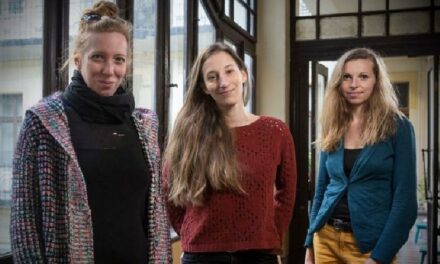The scheduled train rolled out of Vásárhely main station at 4:30 a.m. on Monday. This was the first tram-train to transport passengers between Hódmezővásárhely and Szeged.
Minister of Innovation and Technology László Palkovics told journalists on the spot that the development of the tram-train is Hungary's most innovative railway development, a means of transport on which passengers can get to the center of another city by getting on at the stop closest to their apartment.
The next tram would be established between two cities in a similar situation, Debrecen and Nagyvárad. In addition to transportation, the development also has a national political dimension, as it would connect Hungarians living on both sides of the border, the politician emphasized.
According to János Lázár, the region's parliamentary representative and government commissioner for transport investment, the launch of the tram is a historic moment for the people of Hódmezővásárhely, the people of Szeged and all the residents of the country.
The development contributes to making Hungary one of the best places in Central Europe, so that it is good to live in the countryside, the politician emphasized.
With the tram-train, the centers of the two cities are 35 minutes apart, the government commissioner said.
The trains manufactured by Stadler have already covered 50,000 kilometers flawlessly on tram and railway tracks. The commissioning phase will take place until December 31. The final timetable will be drawn up by mid-March, for which passengers' opinions are awaited. Travelers can use the tram-train for free until mid-April, said the representative.
The tram-train in Szeged runs on tram line 1 from Szeged railway station to Szeged-Rókus railway station, and then continues on the Szeged-Békéscsaba railway line 135 to Hódmezővásárhely. At the Népkert station in Hódmezővásárhely, it gets off the main railway line and switches to tram service and travels through the city to Hódmezővásárhely main station. A nearly four-kilometer single-track tramway was built on the tram-train line in Hódmezővásárhely with a total of five interchanges and six stops, with the associated overhead line network. Three stops on the urban section are two-track, where trains traveling in the opposite direction can meet.
Source: Democrat
Photo: MTI/Tibor Rosta












